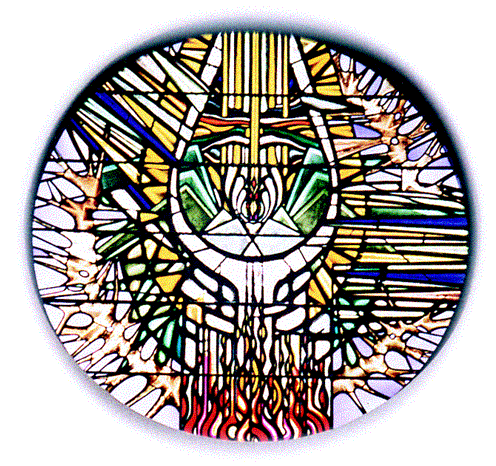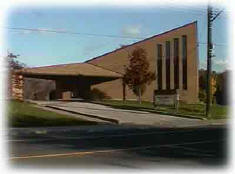Spirituality and World Religions: A Comparative Introduction
By George E. Saint-Laurent
“Religious spirituality is the inner
meaning of human experience as shaped by the pursuit of transformation according
to a sacred worldview”. Huh? That’s quite a mouthful! After this rather
cumbersome introduction to the subject, Saint Laurent’s book becomes more
user-friendly, though, as he switches from academic to spiritual explorer.
Some books comparing major world religions
leave the reader able to recite long lists of religious holidays (a handy skill
when looking for excuses for missing a day of work), but with little insight
into the experience of believers of other faiths. This one, by contrast, stands
out for its ability to take you inside the mind of the believer. For each of the
five major world religions (Judaism, Christianity, Islam, Hinduism, and
Buddhism), Saint-Laurent describes the main, prescribed path(s) to pursue
spiritual transformation, the proposed nature of the believer’s relationship to
God, the key religious texts, the role of the religious community in
spirituality, and the role of worship and prayer in spirituality. He avoids
deliberate comparisons or contrasts between religions, instead providing
discussion questions at the end of each chapter that provoke the reader to think
about these issues.
One of the most intriguing chapters, for this reader, describes the lives and
spiritual insights of the principal teachers and leaders of four world religions
(Moses, Gotama, Jesus, and Muhammad). It becomes obvious how the life
experience and psychology of each leader clearly shaped the belief system he
developed, and which became the basis of the respective religious tradition. For
example, Gotama is a young prince, cared for and comfortable but isolated from
all of those not of noble birth. He is overwhelmed when he realizes the enormity
of the suffering endured by those outside the palace walls. He founds a religion
focused on universal compassion that considers the individual self an illusion.
By contrast, Muhammad is an honest and hard-working caravan manager, immersed in
the mainstream of life, when he feels drawn to Mecca where he has a vision while
contemplating in a cave. He founds a religion focused on a personal relationship
with the Divine, and surrender of personal goals to Allah’s will. Each man
experiences as Divine what has been missing in his conscious experience prior to
that point in his life.
Saint-Laurent also highlights the variety
of spiritual experience within each tradition. For anyone who attended
the JNAC session on spiritual types last year, it quickly becomes clear that
aspects of all types are represented in all five traditions. Perhaps that is one
reason they each have broad appeal and have become world religions, rather than
simply cults or smaller religious organizations. Some traditions do seem to lend
themselves more to one type of spirituality than another, though. For example,
it is more difficult to imagine a faithful-rational (a spiritual type
emphasizing scripture and tradition*) Buddhist than a faithful-rational
Christian, because Buddhism places so little emphasis on dogmatic belief.
One is even left surprised that certain religions continue to be considered
single entities, given the diversity of belief, experience and practice within
them. Hinduism, for example, is described by Saint Laurent as the most complex
and the most inclusive of religions, yet also one of the oldest. Is it possible
that religions evolve towards complexity and pluralism over the millennia, or
(to borrow an idea from Charles Darwin) do the pluralistic ones tend to survive
more readily? Saint-Laurent doesn’t raise this fascinating question himself,
but it’s one of many the book implies.
In summary, if you can get past the academic opening chapters, Spirituality
and World Religions: A Comparative Introduction becomes a thought-provoking
and thoroughly absorbing read.
*see Who is My God? 2nd Edition,
Skylight Paths, 2004, also in our library.




